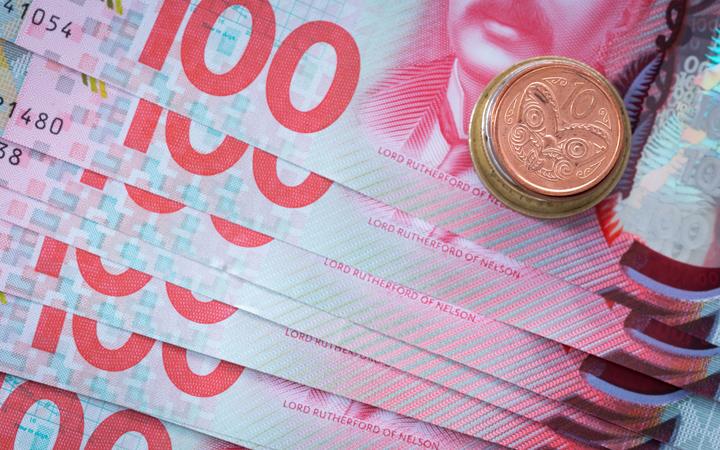New Zealand central bank cuts rates to three-year low, flags more easing
The country’s annual inflation remains within the RBNZ’s 1% to 3% target band at 2.7%, giving the central bank leeway to cut rates further.
New Zealand’s central bank cut its policy rate by 25 basis points (bps) to a three-year low of 3 per cent, and flagged further reductions in coming months as policymakers warned of domestic and global headwinds to growth.
The central bank’s dovish tone caught markets off guard and sent the New Zealand dollar tumbling 1.2 per cent to a four-month low at US$0.5819, while two-year swap rates slumped as deep as 2.93 per cent – their lowest level since early 2022.
The Reserve Bank of New Zealand (RBNZ) said that the economy had stalled in the second quarter, and lowered its projected floor for the cash rate to 2.55 per cent, from 2.85 per cent forecast in May. Two members of the six-strong policy committee even voted to cut by 50 bps.
Addressing a press conference, RBNZ governor Christian Hawkesby said that the outlook is data-dependent, but if businesses and consumers remain cautious “and need more support, that might be something that prompts more action”.
The quarter-point cut in the official cash rate (OCR) was in line with a large majority of economists in a Reuters poll, but the central bank’s broadly bearish tone around economic risks and rates jolted markets.
The central bank has slashed rates by 250 bps since August 2024 to underpin a fragile recovery, but it said that “consumption and investment demand appear to have weakened in the second quarter of 2025, partly in response to heightened trade policy uncertainty” after a shake-up in US tariff policy in April this year.
“The fact that members gave serious consideration to an outsized 50 bps cut is quite telling,” said Abhijit Surya, a senior Asia-Pacific economist at Capital Economics.
The central bank forecast in its monetary policy statement that the cash rate will be at 2.71 per cent in Q4, below a forecast of 2.92 per cent in May. In Q1 2026, it expects the cash rate to average 2.55 per cent, from the previously forecast 2.85 per cent.
“It is possible that pessimistic sentiment, together with the initial negative effects of the global tariff shock, have dampened the effects of the reduction in the OCR since last August,” RBNZ said in its meeting minutes.
Markets quickly moved to narrow the odds on two more cuts, implying a 50 per cent chance of a move in October and over 100 per cent for November.
The bottom is now implied around 2.57 per cent, compared to 2.76 per cent before the RBNZ announcement.
A snap Reuters poll showed 10 of 12 economists picking the cash rate to bottom at 2.5 per cent, compared with 2.75 per cent in a broader pre-RBNZ poll last week.
Bank of New Zealand (BNZ) head of research Stephen Toplis said that given the central bank’s dovish tone, the BNZ is now forecasting 25 bps cuts in both October and November.
ANZ bank is also now expecting two quarter-point cuts in October and November, from previous expectations for easings in November and February, saying the RBNZ was “much more dovish than expected”.
New Zealand’s annual inflation remains within the RBNZ’s 1 to 3 per cent target band at 2.7 per cent, giving the central bank leeway to cut rates further. The bank is forecasting inflation to rise to 3 per cent in Q3, and then ease to around 2 per cent by the middle of next year.
A global front runner in withdrawing pandemic-era stimulus, the RBNZ lifted rates 525 bps between October 2021 and September 2023 to curb inflation, in the most aggressive tightening since the OCR was introduced in 1999.
The punishing borrowing costs tipped the South Pacific nation’s economy into recession last year, and the recovery has been hampered by tariff risks, slowing global growth and the government’s tight fiscal policy.
ANZ chief economist Sharon Zollner said that the economic weakness has prompted the central bank to act forcefully.
“The RBNZ has come around to our big-picture view more quickly than we anticipated.”





